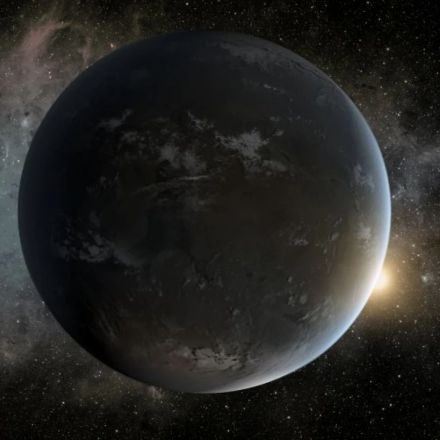

10 years ago
10
NASA estimates 1 billion ‘Earths’ in our galaxy alone
There are a billion Earths in this galaxy, roughly speaking. Not a million. A billion. We’re talking 1 billion rocky planets that are approximately the size of the Earth and are orbiting familiar-looking yellow-sunshine stars in the orbital “habitable zone” where water could be liquid at the surface. That’s a billion planets where human beings, or their genetically modified descendants, as well as their dogs and cats and tomato plants and crepe myrtle trees and ladybugs...
Continue Reading
Additional Contributions:






















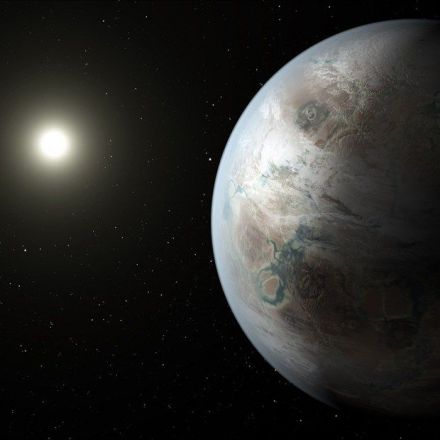
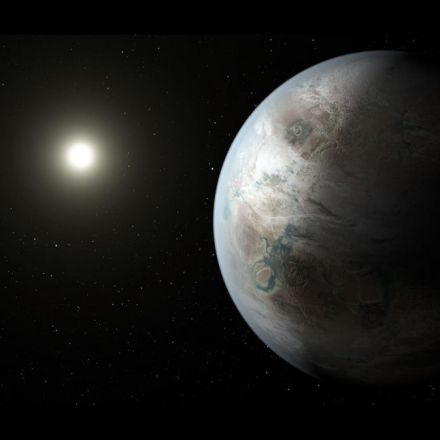
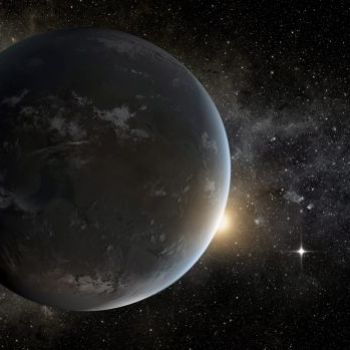

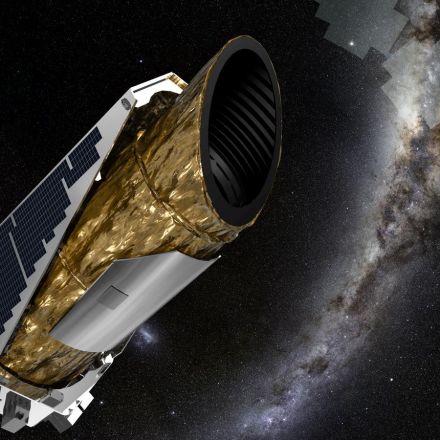
Join the Discussion
The article doesn't mention that a large number of these "Earths" are much closer to the center of the galaxy than we are, which it appears make it much less likely that life would form there. But even if those are eliminated, it might not be a billion, but certainly in the hundreds of millions.
That's quite interesting.
Do you mind elaborating why it is more unlikely to find life on planets closer to the centre of the galaxy?
The two main reasons are 1) the proximity to the black hole at the center of the galaxy would mean a lot of radiation, and 2) the larger number of supernovae closer to the system, would both be catastrophic to planets capable of sustaining life.
Here's some more about Galactic Habitable Zones.
For anyone curious about how we determine "Earth-like planets," check out the Earth Similarity Index. The recent discovery from Kepler was very exciting because it has an ESI of 0.98, compared to the previous leader which was 0.89. For comparison, Mars is at a 0.70. Of course, unless we develop some really fancy new tech, these planets are quite unreachable...
I added your wikpedia link to related links
Let me know, if you want to add it yourself and I will delete it.
Ah good call, I linked the info on Kepler and didn't think of that. You thought of it, keep it posted!
Now we need to put up a bigger effort to create means for actually locating these worlds.
Thanks guys for the extra links. Very interesting stuff.
Still waiting for that Mass Effect relay to show itself within Charon...
Now if only they weren't so damn far away...